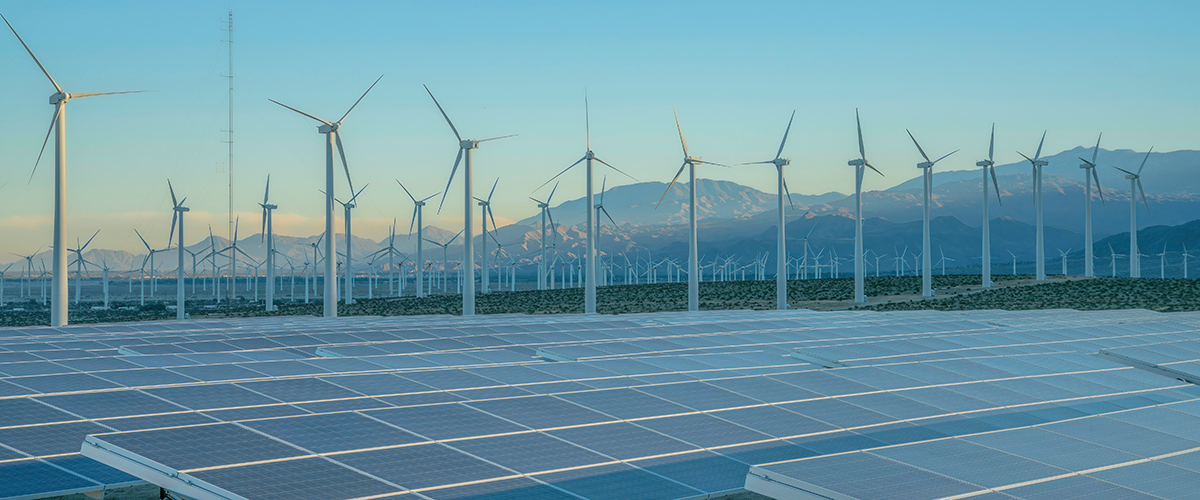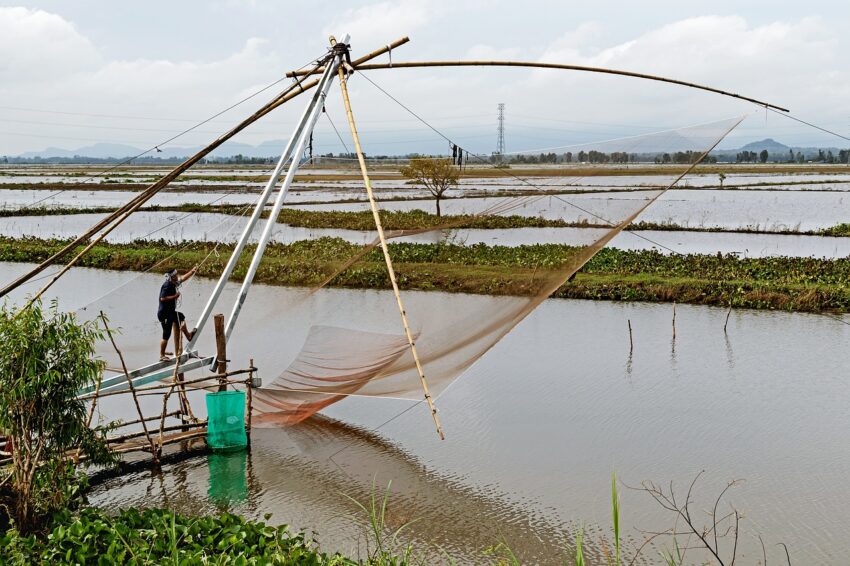Mauritania, in northwest Africa, has rich natural resources that drive its economy. As of 2023, it is a major iron ore exporter, with Zouérat as a key production site.
In 2023, iron ore exports recorded over $2.5 billion, nearly 40% of total export revenue. Gold mining is also thriving. The Tasiast mine produced over 450,000 ounces in 2022. Offshore oil and gas projects, like the Greater Tortue Ahmeyim field, are also improving, with full production expected by 2025.
The fishing industry is strong, with exports exceeding $100 million annually. Mauritania is also investing in renewable energy, including green hydrogen.
Mauritania’s Natural Resources And Their Locations
Here’s a list of natural resources that have been discovered in Mauritania and their locations:
| Natural Resources | Locations |
|---|---|
| Iron Ore | Zouérat (Kediet ej Jill mountain), Tiris Zemmour region. |
| Gold | Tasiast Mine (Khatt Atui Valley, northwest Mauritania), Guelb Moghrein Mine (Inchiri region, western Mauritania). |
| Copper | Akjoujt (Inchiri region). |
| Oil | Chinguetti Field, Banda Field, Tiof Field (Atlantic Ocean). |
| Natural Gas | Greater Torture Ahmeyim, Bir Allah Field (Atlantic Ocean). |
| Phosphate | Bofal and Loubboira regions (southern Mauritania). |
| Gypsum | Near Nouakchott. |
| Diamonds | Disvored reserves |
| Salt | Coastal areas, particularly around Banc d'Arguin. |
| Fishery Resources | Coastal waters along the Atlantic Ocean, especially Baie du Lévrier and Banc d'Arguin. |
| Renewable Energy Potential | Solar and wind resources are distributed across the country, particularly in desert areas. |
Discoveries In Mauritania’s Natural Resources
Mauritania’s rise as a resource-rich nation began with major discoveries in iron ore, gold, oil, and natural gas. These resources have helped the country’s economy and global influence.
1. Iron Ore
Iron ore was first discovered in the early 1960s in the Zouérat region, especially around Kediet ej Jill mountain. This led to the creation of Société Nationale Industrielle et Minière (SNIM) in 1963. To transport the ore, a 675-km railway was built, linking Zouérat to Nouadhibou Port.
Today, iron ore is Mauritania’s top export, generating over $2.5 billion annually. SNIM has grown into Africa’s second-largest iron ore producer.
2. Gold
Mauritania’s gold mining industry took off with the discovery of deposits in the Khatt Atui Valley, which led to the launch of the Tasiast Mine in 2007, now operated by Kinross Gold.
By 2023, Tasiast will have become one of the world’s largest open-pit gold mines, producing over 450,000 ounces annually. Another key site, the Guelb Moghrein Mine in the Inchiri region, has been in operation since 2006.
3. Oil
Mauritania joined the oil industry in 2001 with Woodside Petroleum’s discovery of the Chinguetti oil field. Initially estimated at 692 million cubic feet of oil, Chinguetti peaked at 75,000 barrels per day.
More discoveries followed, including the Tiof Field in 2003 and the Banda Field in 2005. Production dropped to 6,000 barrels per day by 2016 due to geological challenges, but these fields were Mauritania’s debut as an oil-producing nation.
4. Natural Gas
The biggest breakthrough came in 2014 when Kosmos Energy discovered the Greater Tortue Ahmeyim gas field, located offshore between Mauritania and Senegal. With reserves exceeding 25 trillion cubic feet, the project has drawn global investment.
Another major find, the Bir Allah field, was uncovered in 2015. By 2025, Greater Tortue Ahmeyim is expected to reach full production.
Mauritania also has notable phosphate reserves in Bofal and Loubboira, gypsum deposits near Nouakchott, and salt reserves along the Banc d’Arguin coast.
These resources were first documented during colonial explorations but were underdeveloped compared to iron ore and hydrocarbons.
READ ALSO: Togo’s Natural Resources: Locations, Discoveries, Viability, Export Potential, And Economic Impact
Economic Viability And Export Potential Of Mauritania’s Natural Resources
Mauritania’s economy relies on the extractive sector, which made up 76.28% of total exports and 18.91% of GDP in 2023. Key resources include iron ore, copper, gold, oil, and natural gas.
Let’s look at the economic viability and export potential of these resources:
| Resources | Production Level | Export Value | Major Markets |
|---|---|---|---|
| Iron Ore | 12 million tons | $2.5 billion | China, Europe |
| Gold | 450,000 ounces | $700 million | Europe, Asia |
| Natural Gas | 2.3 million tons of LNG | $500 million (projected) | Europe |
| Fisheries | 100,000 tons | $100 million | Europe, Africa |
The country is Africa’s second-largest iron ore producer, with exports surpassing $2.5 billion annually by 2025. This sector is important, though infrastructure issues persist. The Tasiast gold mine saw production rise to 450,000 ounces annually by 2023, boosting GDP and job creation.
The Greater Tortue Ahmeyim project is set to generate $19 billion in government revenue over three decades, with full production starting in late 2024.
This positions Mauritania as a key gas exporter. Also, the fishing industry plays a major part in exports but faces environmental concerns due to overfishing.
Iron ore production is still strong, with SNIM leading the sector. Revenue from exports continues to support economic stability.
The Tasiast mine’s expansion has driven up both revenue and employment. The GTA project is expected to bring in $500 million annually from gas exports.
The global demand for iron ore is very high, especially from China. Gold exports provide stable foreign exchange earnings, while Europe is a key market for Mauritania’s gas, driven by the push for cleaner energy.
Economic Impact Of Mauritania’s Natural Resources
| Natural Resources | GDP Contribution (%) | Export Revenue | Employment Impact |
|---|---|---|---|
| Iron Ore | 10% | $2.5 billion | 10,000+ jobs |
| Gold | 7% | $700 million | 3,000+ jobs |
| Natural Gas | 5% (projected by 2025) | $500 million annually | Emerging sector |
| Fisheries | 6% | $100 million | Coastal livelihoods |

